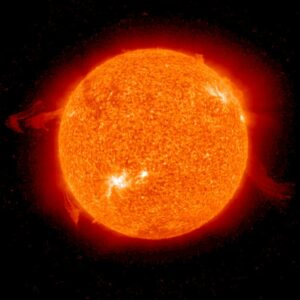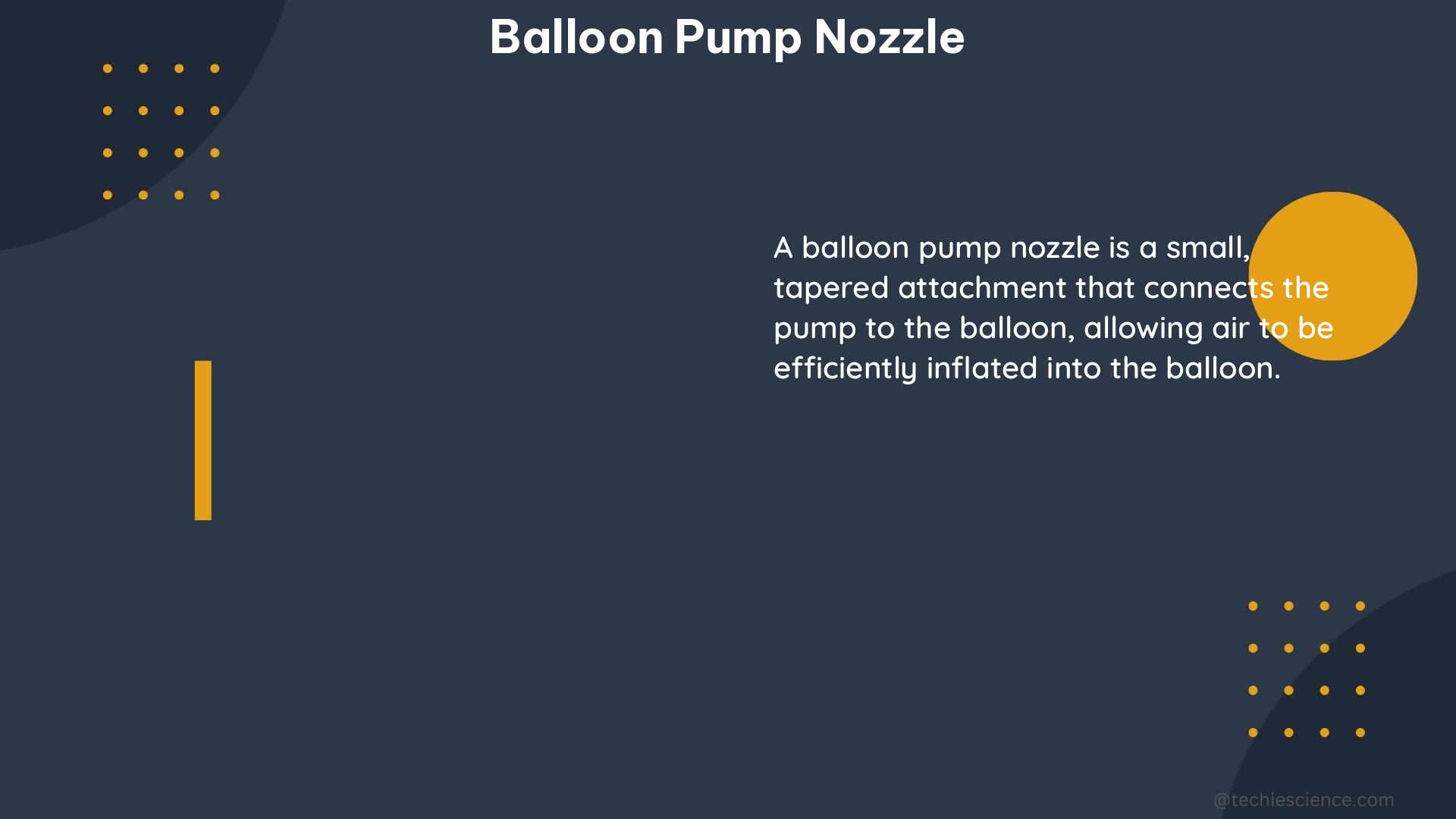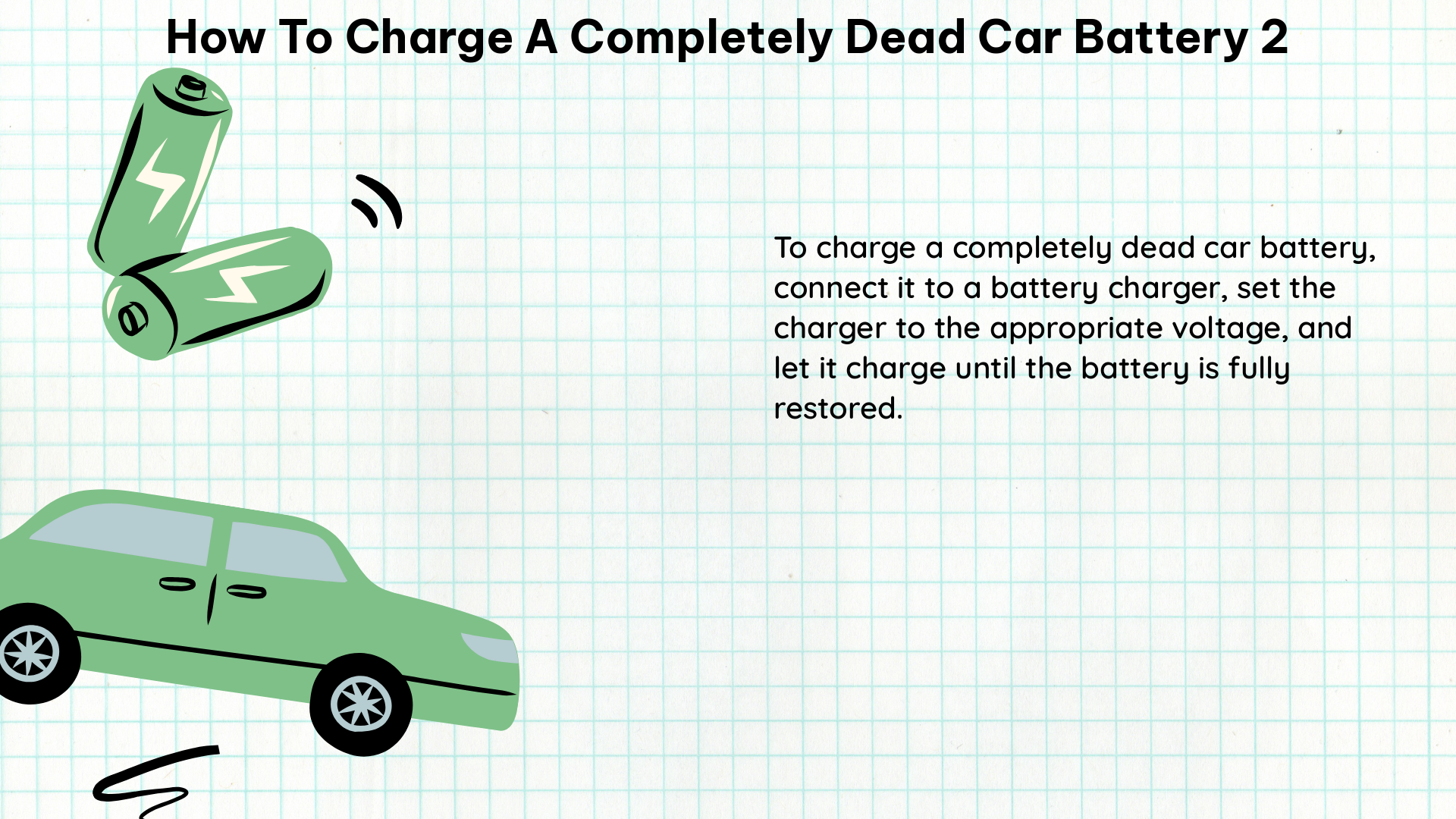Chemical energy is a form of potential energy that is stored in the bonds of atoms and molecules. When these bonds are broken, the stored energy is released in the form of heat, light, or other forms of energy. One example of chemical energy being converted into light energy is the process of combustion. Combustion occurs when a substance reacts with oxygen, producing heat and light as byproducts. This can be seen in the burning of a candle, where the heat and light are the result of the chemical reaction between the wax and the oxygen in the air. Another example is the chemical reaction that takes place in a glow stick. When the stick is bent, a glass vial inside breaks, allowing two chemicals to mix. This mixing causes a chemical reaction that releases energy in the form of light. These examples demonstrate how chemical energy can be transformed into light energy, showcasing the fascinating interplay between different forms of energy.
Key Takeaways
- Chemical energy can be converted into light energy through various processes.
- Examples of chemical energy to light energy conversion include combustion reactions, chemiluminescence, and bioluminescence.
- Combustion reactions, such as burning fuels or candles, release energy in the form of light.
- Chemiluminescence occurs when a chemical reaction produces light without the need for heat.
- Bioluminescence is the production of light by living organisms, such as fireflies or deep-sea creatures.
- Understanding the conversion of chemical energy to light energy is crucial in various fields, including energy production, lighting technology, and biological research.
How is light energy converted to chemical energy?
Light energy is a form of energy that is visible to the human eye. It plays a crucial role in various natural processes, including photosynthesis. In this section, we will explore the process of converting light energy into chemical energy, the importance of light energy in photosynthesis, and examples of organisms that utilize this energy conversion.
Overview of the process
The conversion of light energy into chemical energy occurs through a series of complex chemical reactions. This process is primarily carried out by plants, algae, and some bacteria through a mechanism called photosynthesis. Photosynthesis is the process by which green plants use sunlight, carbon dioxide, and water to produce glucose (a simple sugar) and oxygen.
During photosynthesis, light energy is absorbed by pigments, such as chlorophyll, located in the chloroplasts of plant cells. These pigments capture the energy from sunlight and convert it into chemical energy. The energy is then used to power the synthesis of glucose molecules from carbon dioxide and water.
The overall chemical equation for photosynthesis can be represented as follows:
6CO2 + 6H2O + light energy → C6H12O6 + 6O2
This equation illustrates the conversion of carbon dioxide and water, with the help of light energy, into glucose and oxygen. The glucose produced serves as a source of chemical energy that can be stored and used by the organism.
Importance of light energy in photosynthesis
Photosynthesis is a vital process that sustains life on Earth. It is responsible for the production of oxygen, which is essential for the survival of many organisms, including humans. Additionally, photosynthesis is the primary source of chemical energy in the form of glucose, which serves as a fuel for cellular respiration.
In addition to its role in energy production, photosynthesis also plays a significant role in the carbon cycle. By converting carbon dioxide into glucose, plants help regulate the levels of this greenhouse gas in the atmosphere, mitigating the effects of climate change.
Examples of organisms that convert light energy to chemical energy
Photosynthesis is primarily carried out by plants, but other organisms also have the ability to convert light energy into chemical energy. Here are a few examples:
-
Algae: Algae are a diverse group of photosynthetic organisms that can be found in various aquatic environments. They play a crucial role in aquatic ecosystems by converting light energy into chemical energy, thereby supporting the food chain.
-
Cyanobacteria: Cyanobacteria, also known as blue-green algae, are photosynthetic bacteria that can be found in diverse habitats, including freshwater and marine environments. They are capable of converting light energy into chemical energy and are known for their ability to fix atmospheric nitrogen.
-
Photosynthetic bacteria: Some bacteria, such as purple and green sulfur bacteria, are capable of photosynthesis. These bacteria use light energy to produce organic compounds, which serve as a source of energy for their survival.
Examples of Chemical Energy to Light Energy Conversion
Combustion of Coal
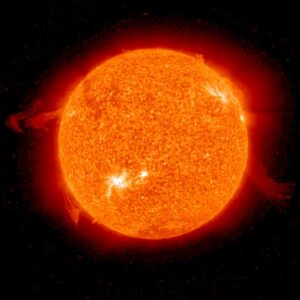
One of the most common examples of converting chemical energy to light energy is through the combustion of coal. Coal is a fossil fuel that contains stored chemical energy in the form of hydrocarbons. When coal is burned, it undergoes a chemical reaction known as combustion, which releases heat and light energy.
During combustion, the carbon and hydrogen atoms in coal combine with oxygen from the air to produce carbon dioxide, water vapor, and heat. The heat energy generated during this reaction is then converted into light energy, resulting in a flame or glowing embers. This process is commonly used in power plants to generate electricity by harnessing the heat energy produced from coal combustion to drive turbines, which in turn generate electrical energy.
Combustion of Wood
Another example of chemical energy to light energy conversion is the combustion of wood. Wood is a renewable source of energy that contains stored chemical energy in the form of cellulose, lignin, and other organic compounds. When wood is burned, it undergoes a similar combustion process as coal, releasing heat and light energy.
During wood combustion, the complex organic compounds break down into simpler molecules, such as carbon dioxide, water vapor, and various gases. The heat energy produced during this reaction is then converted into light energy, resulting in a flickering flame. This process has been used for centuries for heating, cooking, and providing light in the form of fire.
Both the combustion of coal and wood demonstrate the conversion of chemical energy to light energy through the process of combustion. These examples highlight the transformative nature of chemical reactions and the ability to harness the energy released for practical purposes.
In addition to combustion, there are other fascinating examples of chemical energy to light energy conversion, such as bioluminescence, chemiluminescence, fluorescence, and phosphorescence. These phenomena involve specific chemical reactions or properties of certain substances that emit light without the need for combustion.
Example of Chemical Energy to Heat, Light, and Sound Energy
Fireworks and firecrackers are a perfect example of how chemical energy can be transformed into heat, light, and sound energy. These dazzling displays of colors and sounds are made possible through a series of chemical reactions that occur within the fireworks.
The Sparkle of Fireworks and Firecrackers
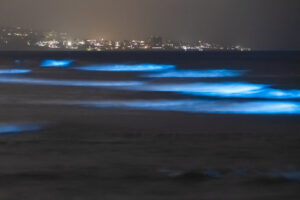
Fireworks and firecrackers are synonymous with celebrations and special occasions. They light up the night sky with brilliant colors and create a symphony of sounds that captivate our senses. But have you ever wondered how these spectacular displays are created?
At the heart of fireworks and firecrackers lies the concept of energy transformation. Chemical energy, stored within the explosive materials, is converted into different forms of energy, such as heat, light, and sound. This transformation occurs through a process known as combustion.
When a firework or firecracker is ignited, a chemical reaction takes place. The explosive materials, often containing a mixture of oxidizers and reducing agents, react with each other in a controlled manner. This reaction releases a tremendous amount of energy in the form of heat.
The intense heat generated by the combustion reaction causes the surrounding materials to rapidly expand. As a result, the air inside the firework or firecracker becomes highly pressurized. Eventually, this pressure becomes too great for the container to contain, leading to a release of energy in the form of an explosion.
As the explosion occurs, the heat energy is transferred to the surrounding air, causing it to expand rapidly. This expansion creates a shockwave, which we perceive as sound. The loud bangs and crackles that accompany fireworks and firecrackers are a direct result of this energy conversion.
But what about the mesmerizing display of colors? This is where the transformation of chemical energy into light energy comes into play. Within the explosive materials, there are compounds known as “colorants” that are responsible for producing the vibrant hues we see in the night sky.
These colorants contain atoms or molecules that, when heated, become excited. As they return to their normal state, they release energy in the form of light. This process is known as luminescence and can take various forms, including bioluminescence, chemiluminescence, fluorescence, and phosphorescence.
Each colorant is carefully chosen to produce a specific color when ignited. For example, copper compounds produce a blue color, while strontium compounds create a vibrant red. By combining different colorants and controlling their ignition, fireworks designers can create intricate patterns and sequences of colors.
Can You Give Examples of How Kinetic Energy Can Be Converted to Electrical Energy?
Converting kinetic energy to electrical energy is a fascinating process seen in various everyday applications. For instance, wind turbines harness the rotational movement caused by the wind to generate electricity. Similarly, hydroelectric power plants utilize the kinetic energy of flowing water to turn turbines and produce electrical energy. Additionally, solar panels use the photovoltaic effect to convert the kinetic energy of photons into electric current.
Other examples of chemical energy to light energy conversion
Chemical energy can be converted into light energy through various processes. Let’s explore some fascinating examples of this energy transformation.
Bioluminescence
Bioluminescence is a captivating phenomenon observed in certain organisms, such as fireflies, jellyfish, and deep-sea creatures. It involves the conversion of chemical energy into light energy through a biochemical reaction. In this process, a molecule called luciferin reacts with an enzyme called luciferase, resulting in the emission of light. Bioluminescence serves various purposes in nature, including communication, attracting mates, and luring prey.
Chemiluminescence
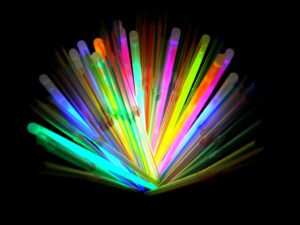
Chemiluminescence is another intriguing example of chemical energy being transformed into light energy. Unlike bioluminescence, which occurs in living organisms, chemiluminescence is a purely chemical process. It involves the release of light energy during a chemical reaction, typically through the oxidation of a luminol compound. This reaction is often triggered by the presence of a catalyst or an energy source, such as heat or electricity. Chemiluminescence is commonly used in glow sticks, emergency lighting, and forensic investigations.
Glow sticks
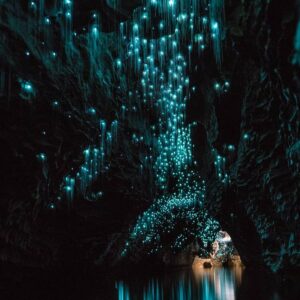
Glow sticks are a popular example of chemical energy to light energy conversion. These small, plastic tubes contain two separate compartments: one filled with a hydrogen peroxide solution and the other with a fluorescent dye. When the stick is bent, the barrier between the compartments breaks, allowing the chemicals to mix. This mixing initiates a chemical reaction that produces light. The fluorescent dye absorbs the energy released during the reaction and emits it as visible light, creating the vibrant glow we associate with glow sticks.
Burning of candle
The burning of a candle is a classic example of chemical energy being converted into light energy. When a candle is lit, the heat from the flame melts the wax near the wick. This liquid wax is drawn up the wick through capillary action. As the liquid wax reaches the flame, it vaporizes and undergoes combustion, combining with oxygen from the air. This chemical reaction releases energy in the form of heat and light. The heat sustains the combustion process, while the light emitted by the flame illuminates its surroundings.
Explosion of bomb
While not as common or desirable as the previous examples, the explosion of a bomb is an extreme demonstration of chemical energy being transformed into light energy. Explosives contain a combination of highly reactive chemicals that, when ignited, undergo a rapid and violent exothermic reaction. This reaction releases an enormous amount of energy in the form of heat, light, and sound. The intense heat generated by the explosion causes the surrounding air to expand rapidly, creating a shockwave and a bright flash of light.
Fireflies and glow worms
Fireflies and glow worms are enchanting creatures that exhibit bioluminescence. They produce light through a chemical reaction that occurs within their bodies. Fireflies, for example, have specialized cells called photocytes that contain luciferin and luciferase. When oxygen enters these cells, it reacts with the luciferin, catalyzed by the luciferase enzyme, resulting in the emission of light. Fireflies and glow worms use this light to attract mates or communicate with each other.
Frequently Asked Questions
How is light energy converted to chemical energy?
Light energy can be converted to chemical energy through a process called photosynthesis. In this process, plants use the energy from sunlight to convert carbon dioxide and water into glucose and oxygen. The glucose produced is a form of chemical energy that can be stored and used by the plant for various metabolic processes.
Give two examples of chemical energy to light energy.

-
Combustion: When a substance undergoes combustion, such as burning wood or fuel, the chemical energy stored in the substance is converted into heat and light energy. The heat energy produced causes the substance to ignite and release light energy in the form of flames.
-
Bioluminescence: Some organisms, like fireflies, produce light through a chemical reaction within their bodies. This process involves the conversion of chemical energy stored in specific molecules into light energy, resulting in the characteristic glow emitted by these organisms.
Example of chemical energy to heat, light, and sound energy.
An example of chemical energy being converted into heat, light, and sound energy is the burning of a firecracker. When a firecracker is ignited, the chemical energy stored in its explosive compounds is rapidly released. This release of energy produces heat, causing the firecracker to explode. The explosion generates light energy in the form of a bright flash and sound energy in the form of a loud bang.
What is chemical energy?
Chemical energy is a form of potential energy that is stored in the bonds of chemical compounds. It is released or absorbed during chemical reactions. Chemical energy is a result of the arrangement of atoms within a molecule and the strength of the bonds between them. When these bonds are broken or formed, energy is either released or absorbed.
What are chemical reactions?
Chemical reactions are processes in which substances, called reactants, undergo a transformation to form new substances, called products. During a chemical reaction, the bonds between atoms in the reactants are broken, and new bonds are formed to create the products. This rearrangement of atoms involves the transfer, release, or absorption of energy.
What is energy transformation?
Energy transformation refers to the conversion of energy from one form to another. It occurs when energy changes from one type to another, such as from chemical energy to light energy or from electrical energy to mechanical energy. Energy transformation is a fundamental concept in physics and is governed by the laws of conservation of energy.
What is energy conversion?
Energy conversion is the process of changing energy from one form to another. It involves the transformation of energy from its initial form to a different form, such as converting chemical energy to heat energy or converting mechanical energy to electrical energy. Energy conversion is essential for various natural and technological processes.
What is combustion?
Combustion is a chemical reaction that occurs when a substance reacts with oxygen, typically producing heat and light. It is a rapid oxidation process that releases energy stored in the chemical bonds of the reactants. Combustion is commonly associated with the burning of fuels, such as wood, gasoline, or natural gas, and is widely used for heating, cooking, and powering engines.
What is bioluminescence?
Bioluminescence is the production and emission of light by living organisms. It is a biochemical process that involves the conversion of chemical energy into light energy. Certain organisms, such as fireflies, jellyfish, and deep-sea creatures, possess special molecules called luciferins, which, when combined with oxygen and other enzymes, produce light through a series of chemical reactions.
What is the difference between chemiluminescence, fluorescence, and phosphorescence?
Chemiluminescence, fluorescence, and phosphorescence are all forms of luminescence, which is the emission of light from a substance. The main difference lies in the mechanism of light emission and the duration of light emission after the excitation source is removed.
-
Chemiluminescence: In chemiluminescence, light is emitted as a result of a chemical reaction, often involving the oxidation of a molecule. It is typically a brief emission that occurs during the reaction itself.
-
Fluorescence: Fluorescence occurs when a substance absorbs light energy and re-emits it almost instantaneously. The emission of light ceases almost immediately after the excitation source is removed.
-
Phosphorescence: Phosphorescence is similar to fluorescence but with a longer duration of light emission. After absorbing light energy, the substance continues to emit light even after the excitation source is removed, due to a slower return to the ground state of the molecule.
Also Read:
- How to find energy stored in a dielectric medium
- How to design gravitational energy based siphon systems for fluid transfer
- How to calculate energy in a thermocouple
- How to find energy thermal
- Non dimensional energy equation
- How to measure thermal energy in heat engines
- How to find energy requirements for space missions
- How to calculate total mechanical energy in harmonic motion
- How to calculate energy in bioelectromagnetic processes
- How to find energy released
